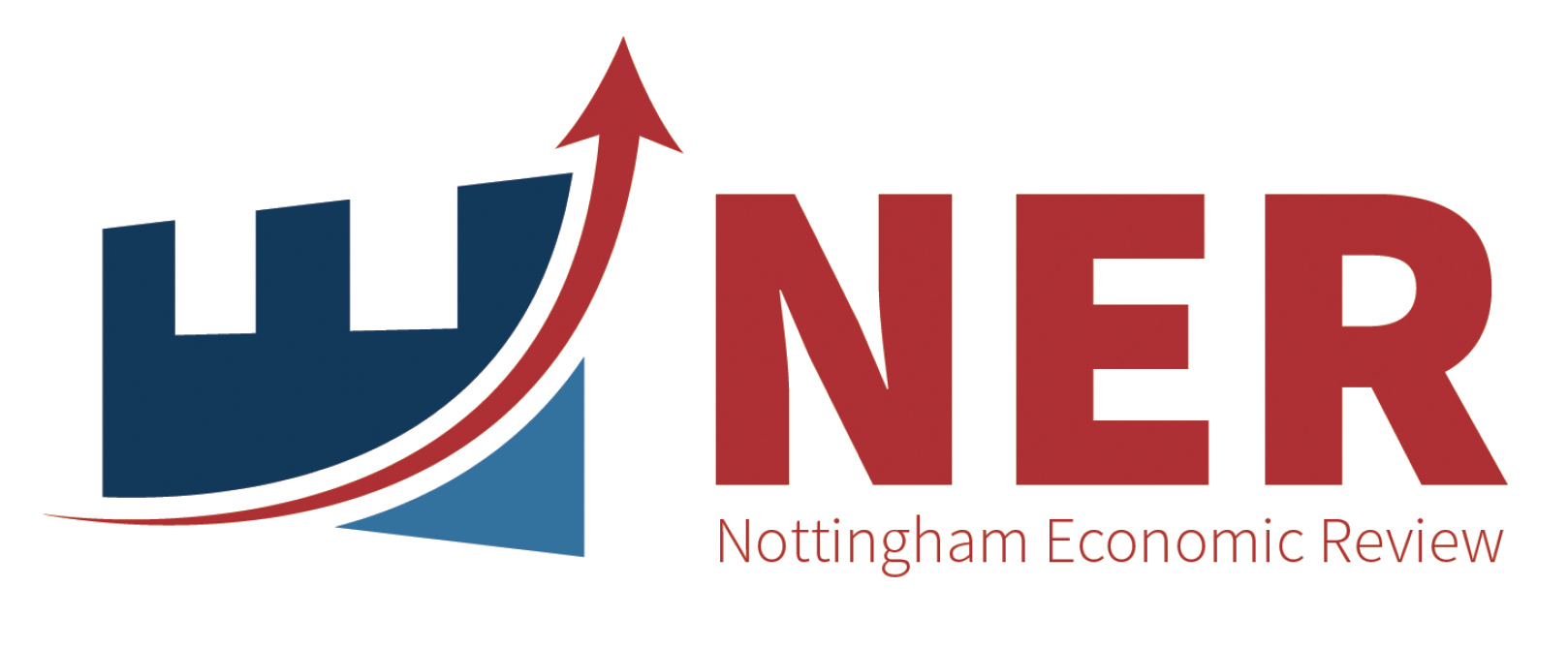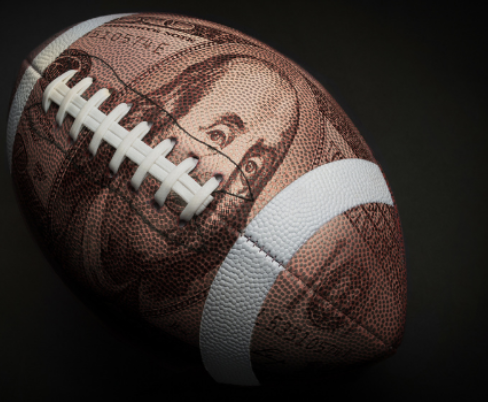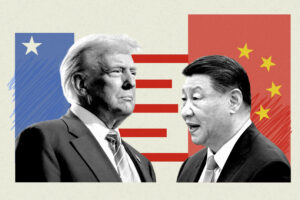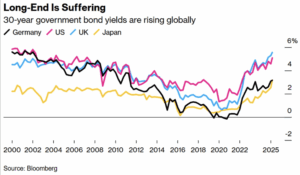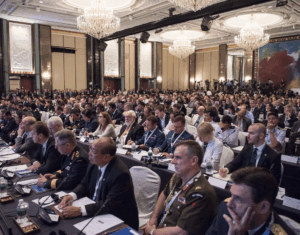In 2010, National Football League (NFL) player, Reggie Bush, had all his collegiate accolades stripped, having been sued for the $291,600 he had earned while at the University of Southern California. (Yaeger, 2007) However, in 2025 Arch Manning, playing the same sport for the University of Texas is set to earn $6.5 million (on3 NIL rankings, 2025). Why has this changed?
The National College Athletic Association (NCAA), the governing board of American university sport, used to consider student athletes amateurs, which denied them from profiting from their sport whilst in higher education. On 1st July 2021, the Supreme Court ruled against the NCAA; student athletes were not amateurs (NCAA Supreme Court ruling, 2021). This led to the NCAA allowing all student athletes to make money from their “Name, Image and Likeness” (more commonly NIL) (Hosick, 2021) and student athletes went from amateurs to potential multi-millionaires overnight. The formation of this market, with huge potential and investment, but very little regulation, has forever changed the university system in America.
However, in Britain university sport operates very differently; it is not televised, and the athletes are not on billboards. This is largely due to differences in the structure of professional sport in the UK. The main sports leagues are part of an international community, with considerable competition for players. In Britain, for sports like football and rugby, children will join professional academies as early as primary school, signing their first professional contracts whilst still in compulsory education. (BUCS eligibility, 2021) In stark contrast to the USA, where the main professional sports leagues are an effective monopoly, allowing them to require athletes enter via the domestic university system. So, it should be considered what effect, if any, student athletes in the USA benefiting from NIL will have in Britain.
The University of Nottingham (UoN) was The Times Sport University of the Year 2024(Sports University of the Year, 2023), with state-of-the-art facilities, excellent professional coaches and athletes who go on to become Olympians, world champions and international competitors. In 2023-24 Nottingham had 154 students on sports scholarships across dozens of disciplines (‘Annual Review 23-24’, 2025). This represents a significant investment in sport, costing the university millions every year. British universities are not on a par with the USA, but their investment is still significant, and the quality of athletes produced remains high.
Before examining the implications for Britain and the UoN, we must first fully understand what and how American University sport has changed. In 2021 it became legal for student athletes to earn from NIL. However, the NCAA refused to recognize them as employees and barred universities from paying them to play leading to the creation of NIL collectives. A collective is a group of individuals who invest in a university’s sports program, known as “boosters” (Boosters explained, 2025). They arrange sponsorship deals for student athletes and attempt to increase the financial reward for playing at their university. As the NCAA had not accounted for boosters paying players, NIL collectives grew rapidly, by 2023 there were 201 recognized collectives for universities, now 266 (on3 NIL, 2025). This growth means it is likely every major university in the USA will have at least one collective by the end of this decade.
Collectives are typically run by major donors to universities, often alumni, who use their funds and influence to secure sponsorships and financial rewards for players at their university. However, more recently, a new scenario has emerged at the University of Oregon, where alumnus Phil Knight, the founder of Nike, has put not only his personal wealth but his business behind Oregon sport. Placing University of Oregon in a unique position to recruit players as they have two collectives “Ducks Rising”, the typical collective of wealthy donors and “Division Street”(on3 NIL, 2025), almost entirely Phil Knight and Nike. The lack of regulation means little is known of the true size of collectives, but their rivals speculate that the Oregon football team benefited from at least $23 million (US) to recruit players. It comes as no surprise then, that they had the third best recruiting class in the country in 2024, outdoing the national champions at the time. Students play for Oregon, not just for their academic standards, coaching or sporting history, but the paycheck they receive – the embodiment of a holistic and professional sports institution.
Even if Phil Knight only wants his Alma Mater to win the National Championship, his impact reaches far beyond the Pacific Northwest. In a market if one firm raises salaries, then rival firms either wait for them to fail or, to remain competitive, they must also raise salaries. The reward for representing Oregon has risen so dramatically in the past three years that other universities must respond. The most likely response will be to grow their NIL collectives and look to form partnerships with large brands, on a similar scale to Nike, in order to compete with Oregon. The NIL market has not yet finished growing, while today star players today can demand $2-7 million (US) per season(on3 NIL rankings, 2025), with extra investors this figure will continue to rise.
For example, the number one High School recruit in the class of 2025, Bryce Underwood, has just had a bidding war that resulted in him committing to the University of Michigan, for a reported $12 million deal (Tidoy, 2024). This will make him the highest paid college player when he enters university and that is not taking into account his own brand value. This deal, which was agreed in November 2024, was funded by millionaire broadcaster Dave Portnoy and billionaire Larry Ellison(Teape, 2024). Portnoy is an alum of Michigan, as is Larry Ellison’s wife, Jolin Ellison. This is an early example of how celebrities and alumni are following in Phil Knight’s footsteps, using NIL to help their favourite team to be successful and attract players.
This is a rare market with a fixed number of consumers, universities, who demand the services of high school athletes. Before 2021, the fixed level of demand meant universities held the dominant position in the market. However, with NIL this has been reversed, universities have to compete for the most marketable and successful players. The limited number of universities is fuelling competition, driving prices for players up. Michigan only offered Underwood $12 million after Louisiana State University offered him $6 million(Tidoy, 2024). This illustrates the inter-dependent nature of this market, as universities will look to one-up one another. So long as this competition remains and the market is not regulated, student athletes will continue to earn more in the USA. Not only will they earn more, it is likely that more athletes and sports will begin to be paid, as competition expands into new fields.
With this expansion across the pond, what is the likely impact for British universities like the University of Nottingham? It is unlikely that we will see a similar boost to investment in university sport, as professional sport is structured differently. Those who choose to attend university in Britain are already choosing to study and develop rather than earn. That being said, the pool of athletes that attend university may shift as elite student athletes will now have an opportunity to earn, on top of studying, in the USA, on a scale unavailable in the UK. It may be that for sports such as American Football and athletics, where the US collegiate system plays a higher standard than the UK, more UK athletes go to the USA. This has already begun with Louie Hinchcliff, who won bronze at the Olympics for Team GB this summer in men’s 4*100m. He attended Lancaster University and then went to the USA in 2022 to Washington State University and subsequently the University of Houston where there is an NIL collective that athletes, like Hinchcliff, can use to gain sponsorship. (Michalle, 2024) This pattern will likely lead to more British and international students transferring to American universities in future.
Therefore, British university sport is safe as amateur sport. It is distinct from professional leagues and maintains a productive relationship by developing athletes to enter this infrastructure. That being said, it is likely that elite-level talent may reject British universities in favour of the financial incentive now present in the USA. This drain on British talent will likely see a drop-off in sporting standards. NIL will not change the nature of British sport; however, it will be detrimental to its quality.
Bibliography
Yaeger, D. (2007) Tarnished Heisman: Did Reggie Bush Turn His Final College Season into a Six-Figure Job?
on3 NIL rankings (2025) https://www.on3.com/nil/rankings/player/nil-valuations/.
NCAA Supreme Court ruling (2021) https://www.supremecourt.gov/opinions/20pdf/20-512_gfbh.pdf?utm_.
Hosick, M. (2021) NCAA NIL, https://www.ncaa.org/news/2021/6/30/ncaa-adopts-interim-name-image-and-likeness-policy.aspx?utm_.
BUCS eligibility (2021) https://www.bucs.org.uk/compete/represent/eligibility.html?utm_.
Sports University of the Year (2023) https://www.nottingham.ac.uk/news/sports-university-of-the-year-2024.
‘Annual Review 23-24’ (2025). UoN. Available at: https://www.nottingham.ac.uk/sport/documents/uon-sport-annual-review-2023-24.pdf?utm_.
Boosters explained (2025) https://www.cheddarup.com/blog/what-is-a-booster-club/?utm_. Available at: https://www.cheddarup.com/blog/what-is-a-booster-club/?utm_.
on3 NIL (2025) https://www.on3.com/nil/collectives/.
Tidoy, R. (2024) Underwood NIL, https://www.sportskeeda.com/us/high-school-sports/news-how-reported-12-million-michigan-nil-deal-eclipsed-lsu-s-offer-5-star-qb-bryce-underwood.
Teape, K. (2024) Underwood funding, https://www.si.com/fannation/name-image-likeness/nil-news/michigan-wolverines-received-nil-funding-from-billionaire-to-land-bryce-underwood.
Michalle, Z. (2024) Hinchliffe biography, https://ukjournal.co.uk/louie-hinchliffe/.
